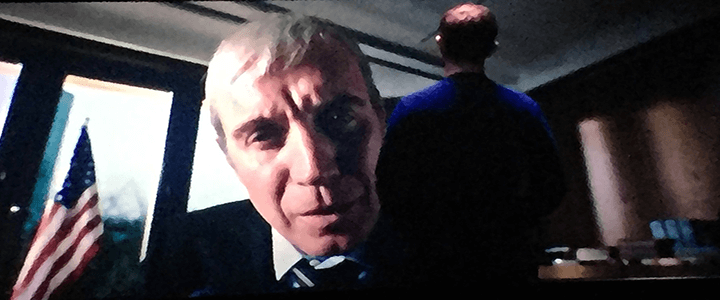Over three years ago, May 2013, Edward Snowden handed over to The Guardian classified information he’d gathered at the National Security Agency, starting a slow drip of our intelligence community’s most sensitive secrets into the public sphere. Why? Snowden argues it’s a matter of blowing the whistle on our government in the only way he could trust. In response, President Barack Obama signed Presidential Policy Directive 19 (PPD 19) in October 2012 to ensure “that employees (1) serving in the Intelligence Community or (2) who are eligible for access to classified information can effectively report waste, fraud, and abuse while protecting classified national security information.” What happened? Poor training on whistleblower protections for cleared employees? Simple distrust?
WHISTLEBLOWER TRAINING
Whatever the case, the Director of National Intelligence James Clapper recently released a 22-page unclassified training package bringing President Obama’s PPD 19 back to spotlight—even as the DNI is resigning, and even as presidential transition puts PPD 19 up in the air. Simply called “Protecting Whistleblowers with Access to Classified Information,” DNI Clapper’s training consists of four modules meant to “ensure that all Executive Branch employees and contractors are aware of protections for whistleblowers eligible for access to classified information.” “This training ensures,” the introduction continues, “that personnel eligible for access to classified information can effectively report . . . while protecting national security information.”
BY THE NUMBERS
Each module walks readers deeper and deeper into the proper whistleblowing process and the protections PPD 19 affords, that the government must afford, those who blow the whistle on fraud, waste, and abuse. Module 1 reviews whistleblowing processes and the ways whistleblowers are protected. The second module covers “retaliatory adverse security clearance actions.” Module three expands beyond cleared employees to all intelligence community employees and covers retaliatory personnel actions (remember, Module 2 is about adverse security clearance actions). And the fourth and final module offers some best practices when it comes to questions of whistleblowing.
HOW IT WORKS
The DNI’s PPD 19 training is user friendly (even though it’s not automated) and crystal clear on most every point. For instance, Module 1 includes two lessons, advances in a very logical, conversational style, includes references to law and policy relevant to the discussion, and rhetorical question, hypothetical scenario format that provides detailed responses to obvious questions associated with the module. Finally, the training includes knowledge checks that expect a true understanding of how to apply the training, not just rote memorization.
TIME TO STUDY
It’s not difficult to imagine that the timing of the DNI’s training on effective whistleblowing is somehow related to the new team coming in on January 20—nothing nefarious there: it’s a potentially complicated topic, and to protect both classified information and cleared employees, it’s important everyone understands the rules and requirements. If nothing else, it’s a good time to go back and review PPD 19, the Whistleblower Protection Enhancement Act, risks for cleared employees thinking of blowing the whistle, the rights of whistleblowing employees, the relationship between whistleblowing and incident reports, and more.
Hit the books.



